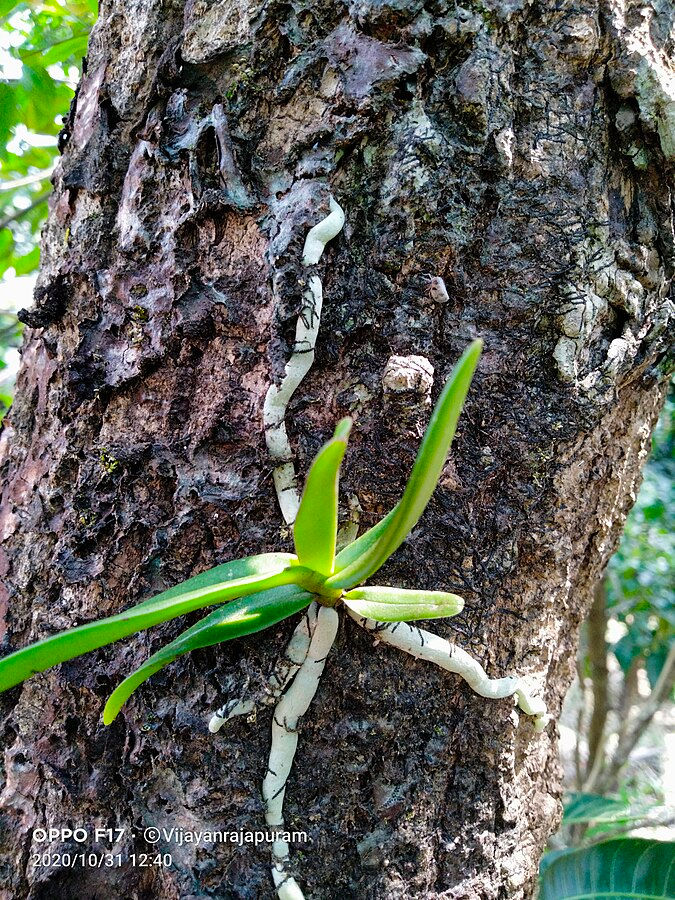José of all plants; master of none
- Destiny Davis
- Nov 21, 2023
- 4 min read
(Written as part of a Science Writing course at UC Davis in 2017)
José Ernesto Sandoval, known simply as Ernesto on UC Davis’ campus, has a way with plants. A true Renaissance man of the plant world, Ernesto works as the curator of the UC Davis Botanical Conservatory caring for over 3,000 different plant species. His days are filled with careful maintenance of the “living library” of plants from all over the world, a full time job as I hear his cell phone buzz from his cluttered desk. However his favorite part is giving tours to visitors and working with undergraduate students. He points to the three students concentrating on the Venus fly traps they’re transplanting outside his office as he explains how he first realized his interest in plants.
As a child he recalls staring out the car window looking at the farms passing by and asking his father what was growing in the fields. Plants were a curiosity.
As a teenager he worked for his family’s landscaping company, “Mow, Blow and Go,” handling and maintaining plants daily. Plants now had a practical and important component to life. Working in landscaping gave him the ability to see plants as more than a backdrop. He describes his time working in landscaping as a primer for his study of botany as an undergraduate at UC Davis. Through his classes he was able to understand the why and how of plant life on a biological level, the missing link from the practical experience working in landscaping.
His excitable nature suddenly calms as he emphasizes “I discovered something that I was good at. We’re all kind of searching for something [that we’re good at].”
For Ernesto, knowing what plants need is simple but there is an artistry to getting it right for each particular species. Caring for a plant, especially an unusual one, starts with a little research. Hearing Ernesto talk about his research sounds a little like he has a conversation with the plant. No, he doesn’t literally ask the plant what it needs—well, he doesn’t expect an answer in plain English at least—but he asks where the plant is from and infers from there what conditions are best.
“When you put that into the context of habitat and ecology, then that helps me understand how to handle any plant that I’m given” he states with a confident yet endearing smile.
Another strategy Ernesto uses to grow plants is perhaps annoyingly simple for someone who can’t keep a weed alive, just pay attention to it. This is where the artistry comes into play. As with any art there are those who have to work at it and those who are naturals, and Ernesto is definitely a natural.
He describes Biology as having cycles, mentioning that “You can step into the cycle anywhere in biology and understand the rest of it.” He likes looking at plants from a broad perspective and understanding how they fit into the cycle. One example he uses to emphasize this perspective is how local gardening clubs are focused on particular plants (like cactus societies or orchid groups).
“Garden clubs are everywhere. …They’re not like gangs or anything,” he jokes.
Visiting these groups is interesting since the level of knowledge of a specific type of plant is so high; however the perspective is quite narrow. Ernesto has a way of conveying this perspective by simplifying it by emphasizing how all plants need the same basic things, just perhaps in different ratios.
After talking with Ernesto it’s impossible not to be left with an impression of the interconnectedness of plants and how they work. Perhaps the most striking thing about him however is his ability to remember and recount each individual story of how a plant was discovered, why it is important and how it got its name. Always attuned to learning the “true stories” of plants Ernesto recounts a story he heard last week from a visitor to the greenhouse:
“So apparently there was this sheep herder in Ethiopia, where coffee is native to and he’s kind of tired tending his goats. Then his goats eat a bunch of berries off this plant, the coffee plant, and they’re energized and bouncing around. He thought, ‘Hey if it energized them why don’t I give it a try.’ Then he tried it and it turns out that that was one of the things that both humans and goats can eat.”
The role of the conservatory, as Ernesto sees it, is more than educational but almost philosophical. His purpose is to “show people the diversity [of plant life] and give them a personal connection by seeing live specimens. Humans are social creatures and there’s value in that interaction [between a person and the subject being studied].”
Ernesto, José of plants but master of none, hopes to inspire others to see plants as more than a backdrop to life by telling their stories. He is as much a librarian of a “living library” as much as he is curator of the conservatory greenhouse.



Comments